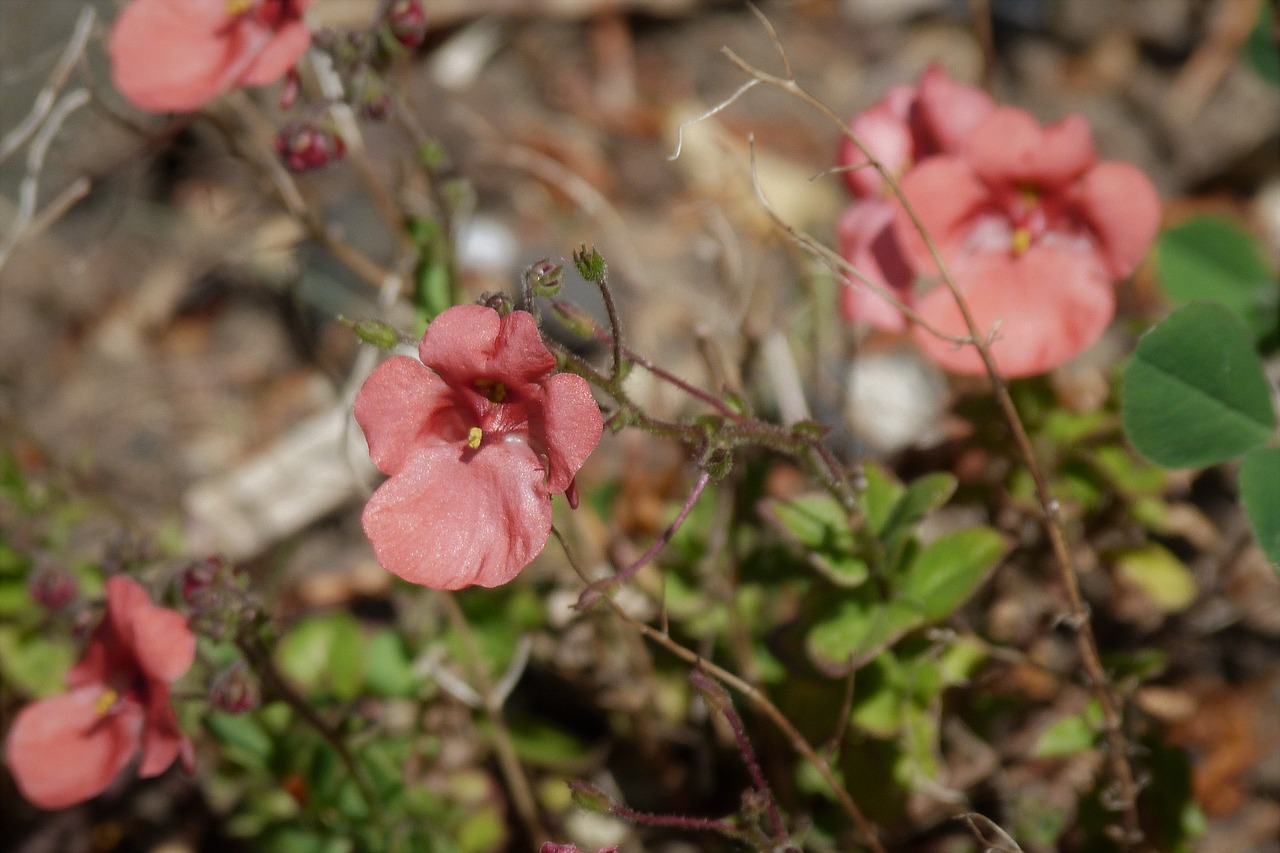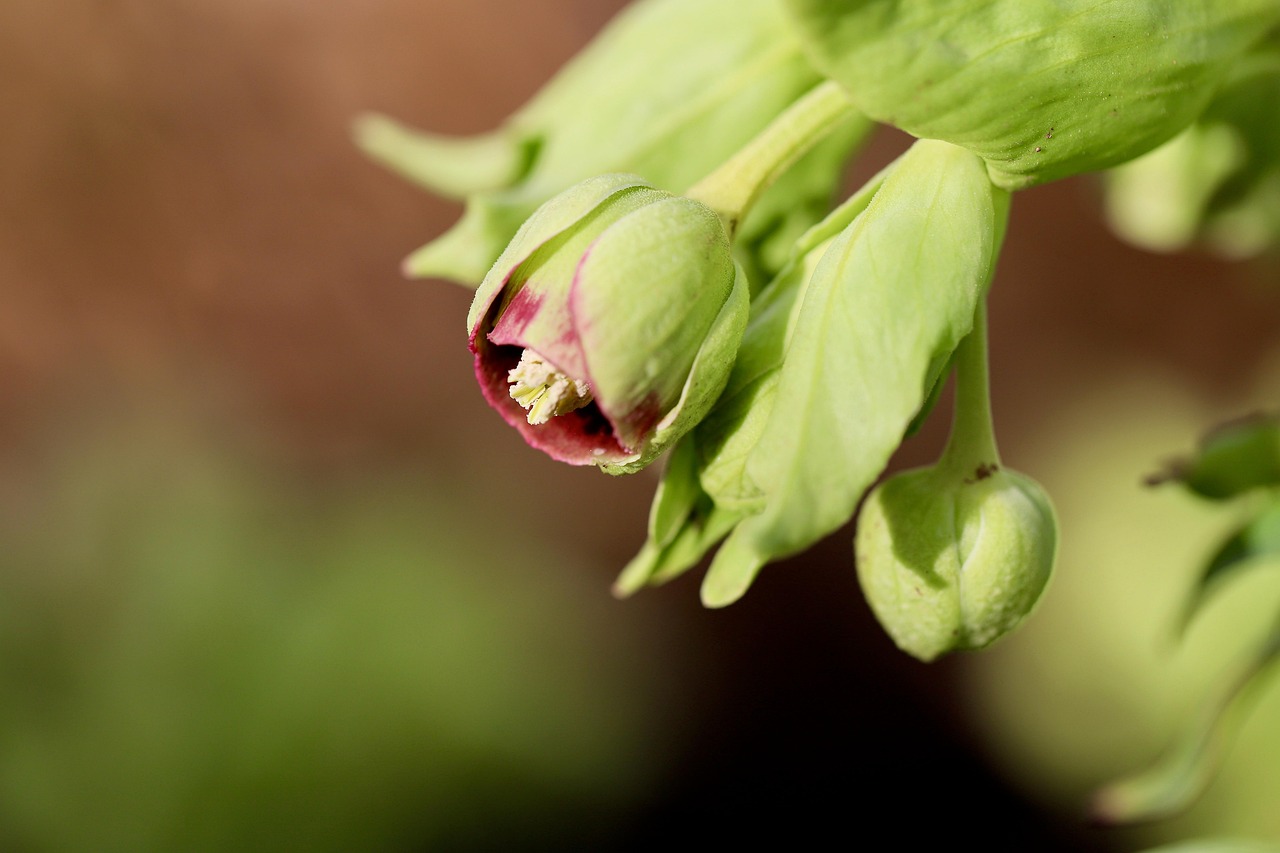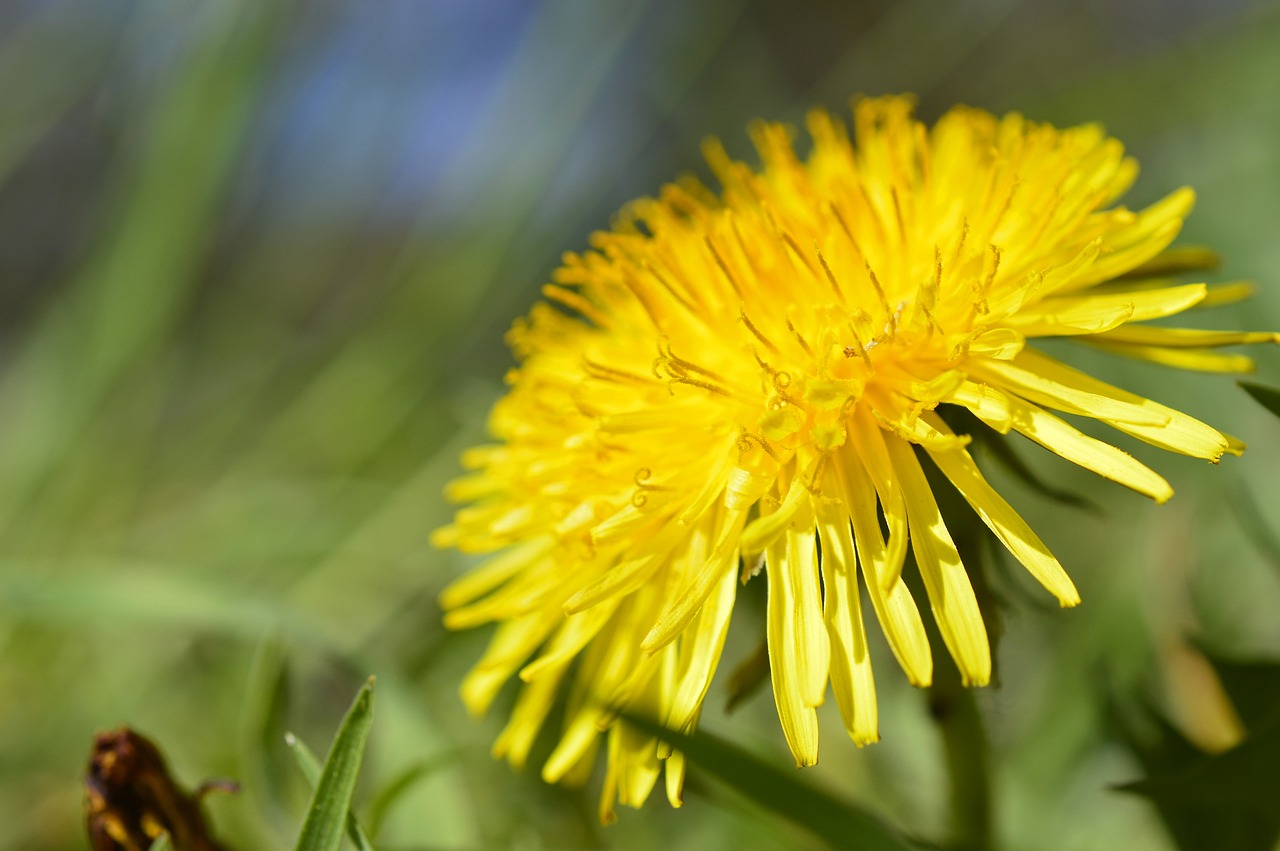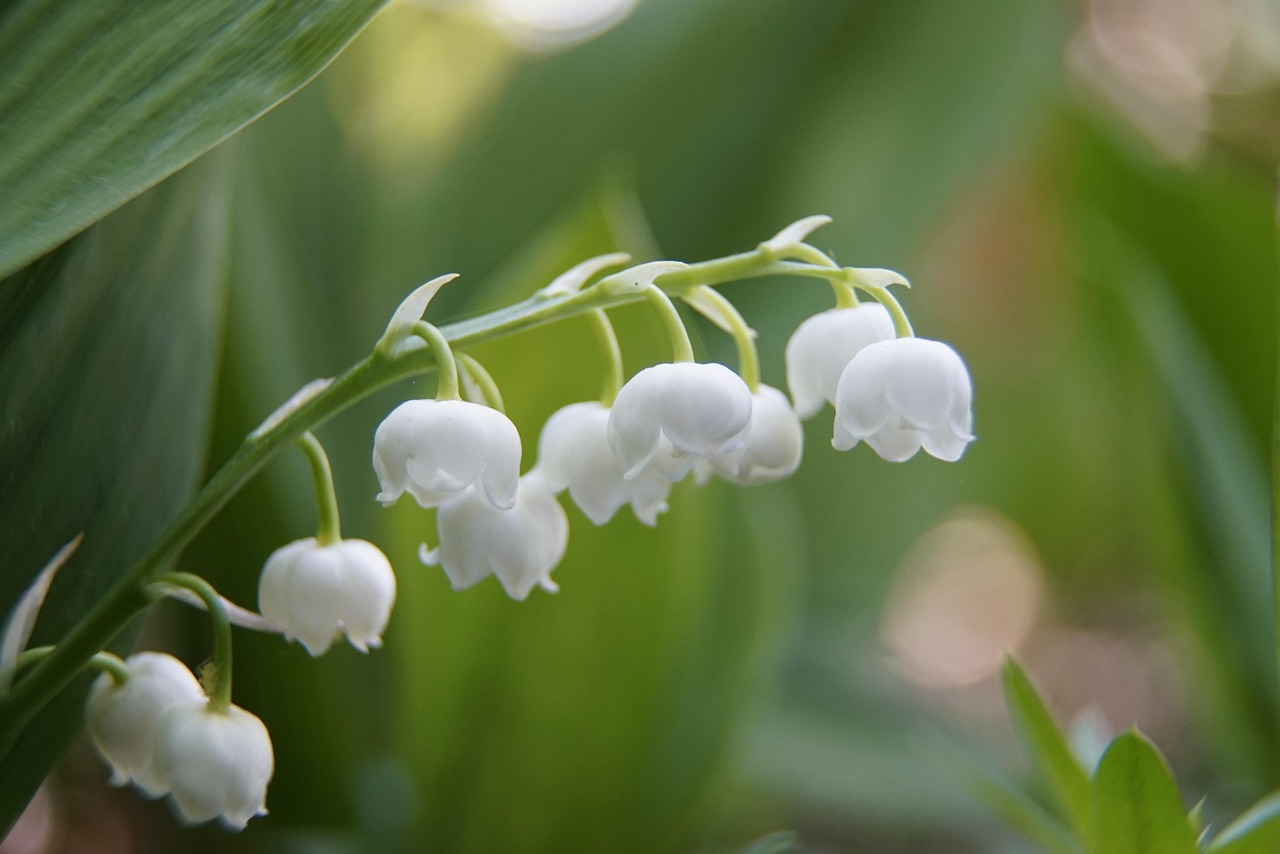Diascia | A Delicate Flower Reflecting the Meadows of South Africa

Diascia is a plant known for its vibrant colors and charming small blossoms, making it a popular choice for container planting and hanging baskets.
With its long flowering season from spring to autumn, it is beloved by gardeners of all levels, from beginners to experienced enthusiasts.
In this article, I will introduce the basic information about Diascia, its cultural background and history, as well as key tips for successful cultivation.
Basic Information
- Scientific name: Diascia
- Family: Scrophulariaceae
- Origin: South Africa
- Appearance: Diascia produces clusters of small flowers in a wide range of colors including pink, orange, white, and red. With a modest height of 15–30 cm and a spreading habit, it can serve as an excellent ground cover.
- Blooming season: Mainly from spring to autumn, though under suitable conditions it may continue to flower during winter.
Cultural Significance Worldwide
Diascia’s vivid colors and clustered blossoms have made it a beloved flower in gardening cultures, especially in Europe and North America.
In its native South Africa, it is cherished as a wildflower that adorns vast plains and symbolizes the arrival of spring.
In Europe, its cold tolerance and ease of cultivation have established it as a staple in hanging baskets and mixed plantings.
Praised for bringing both “color” and “softness” to garden design, Diascia is widely used to decorate patios and windowsills.
Its versatility makes it suitable for both casual and formal gardens, allowing even beginner gardeners to enjoy its charm.
Historical Background
Diascia was first discovered in the wild in specific regions of South Africa.
Later introduced to Europe, it underwent extensive breeding, especially during the late 19th and early 20th centuries, resulting in the diverse colors and forms seen today.
The name “Diascia” derives from Greek, meaning “two sacs,” referring to the two swollen parts inside the flower.
This distinctive feature captured the interest of botanists and inspired numerous studies.
During the period when South African flora gained worldwide attention, Diascia was celebrated as a “jewel of South Africa,” further establishing its reputation in horticulture.
Gardening Advice

Diascia thrives in sunny locations but can also adapt to partial shade. Adequate sunlight encourages abundant and prolonged blooming.
It prefers well-drained soil with moderate moisture retention. Overwatering should be avoided; water only when the soil surface has dried.
Applying liquid fertilizer once or twice a month during the growing season promotes healthy growth. During the blooming period, phosphorus-rich fertilizer enhances flower production.
Removing spent flowers encourages new buds to develop, resulting in continuous blooming.
As Diascia is sensitive to frost, it should be protected in winter—either by moving potted plants indoors or by providing frost covers.
Cutting back the plant helps it rejuvenate and ensures vigorous growth in the following year.
Conclusion
Diascia is a vibrant and long-lasting flower that adds great value to any garden.
With its beauty and resilience, it brings brightness to container arrangements and hanging baskets.
Easy to grow even for beginners, it is an ideal choice to enhance gardens and balconies with seasonal color.
I encourage you to welcome Diascia into your garden and enjoy the beauty of flowers throughout the year.




